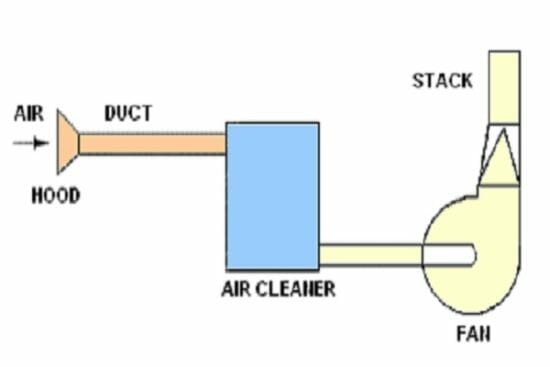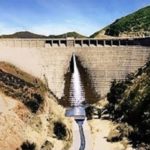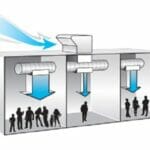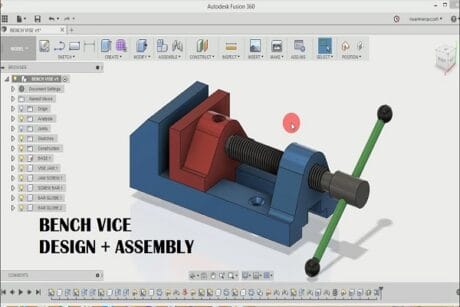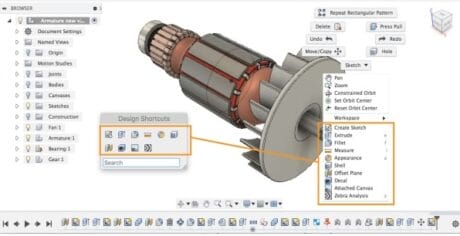No products in the cart.
- Course No E – 1779
- PDH Units: 5
Course No E - 1779
PDH Units: 5
- Course No E – 1779
- PDH Units: 5
Course No E - 1779
PDH Units: 5
Intended Audience: mechanical and HVAC engineers, architects, building designers, contractors, civil estimators, energy auditors, facility managers and general audience.
PDH UNITS: 5
Ventilation (the V in HVAC) is the process by which clean air (normally outdoor air) is intentionally provided to a space and the stale, overheated or polluted air is removed. Ventilation includes both the exchange of air to the outside as well as circulation of air within the building. It is one of the most important factors for maintaining acceptable indoor air quality and may be accomplished by either natural or mechanical means. The design and selection of ventilation system is a complex process which should involve professionals familiar with ‘comfort’ or ‘hazard’ control. In many cases improper design could result in the ‘sick building’ syndrome and in many industrial applications can be hazardous to the health of the worker. This 5- hour course some practical design considerations for the ventilation systems and their components. A dedicated section is included to cover industrial ventilation, which discusses the principle techniques and regulatory information for the prevention of hazards. The course is divided into six sections:
- Section# 1 General Purpose Ventilation
- Section# 2 Types of Ventilation System
- Section# 3 Ventilation Strategies for Indoor Air Quality
- Section# 4 Estimating Ventilation Rates
- Section# 5 Industrial Ventilation
- Section# 6 General System Design Considerations
Learning Objectives
Upon completion of the course, the student should understand:- The factors affecting the ventilation design;
- General purpose ventilation for summer, winter and fall conditions;
- The types of mechanical ventilation systems;
- The displacement ventilation;
- The natural ventilation – building stack and wind effect;
- The ventilation strategies for indoor air quality;
- The basic filtration techniques;
- Estimating ventilation rate based on air quality, air change and heat removal method;
- The concepts of Industrial ventilation and regulatory information;
- Dilution ventilation and local exhaust ventilation;
- The principles of hood design, fan selection and associated components;
- Basic design considerations for ventilation systems.
Once completed, your order and certificate of completion will be available in your profile when you’re logged in to the site.

